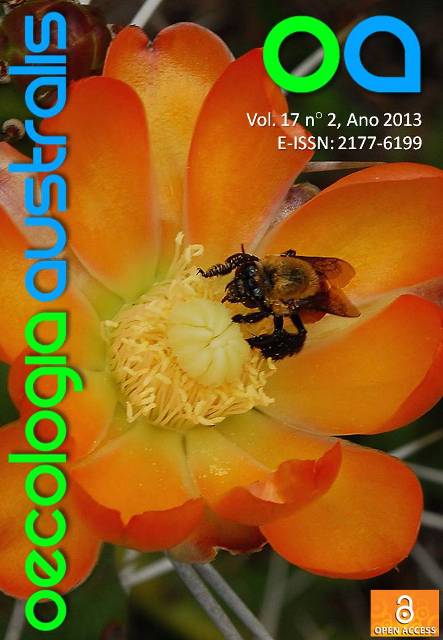INFLUENCE OF LANDSCAPE CHARACTERISTICS ON CAPYBARA ROAD-KILL ON HIGHWAY BR-040, SOUTHEASTERN BRAZIL
Keywords:
conservation, road ecology, Hydrochoerus hydrochaeris, mammals, tropical forestAbstract
Motor vehicles colliding with large- and medium-sized mammals on highways may cause serious accidents, including loss of human lives or substantial material damages. Predicting the sites of highest incidence of the collisions is a relevant matter to propose mitigation measures, and this is done by using models that relate collision occurrences with landscape characteristics of the surroundings. Capybaras are one of the largest mammals in the tropics and the most common victims of vehicle collisions in Brazil. This work aimed to determine which landscape characteristics are related to capybara road-kill along 180.4 km of the BR-040 Highway between Rio de Janeiro and Juiz de Fora cities, Southeastern Brazil. Capybaras were monitored for 4 years, and 51 road-kills were registered. The landscape characteristics assessed within 1 km of the road-kill were quantified as: urban area, forest cover, herbaceous cover, crop fields and distance of the nearest river. Afterwards, logistic regression models were generated, and the best were selected by Akaike's Information Criterion. The occurrence of capybara road-kills was mainly associated with river proximity, but also high herbaceous cover and low forest cover was relevant. Landscape characteristics found to be relevant are indeed related to the habitat of these social and semi-aquatic mammals that prefer to be near open areas and water bodies. Some mitigation measures are proposed to reduce collisions with these animals, including installation of signs and fences in the surroundings of water bodies.


